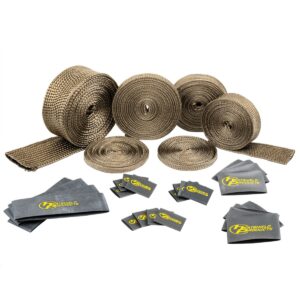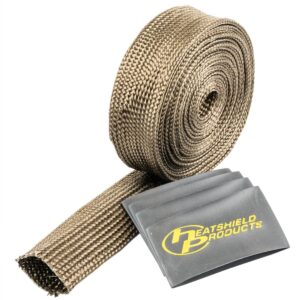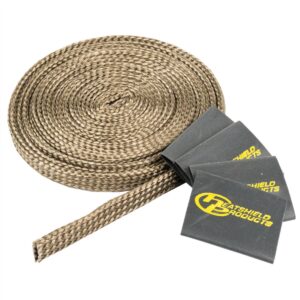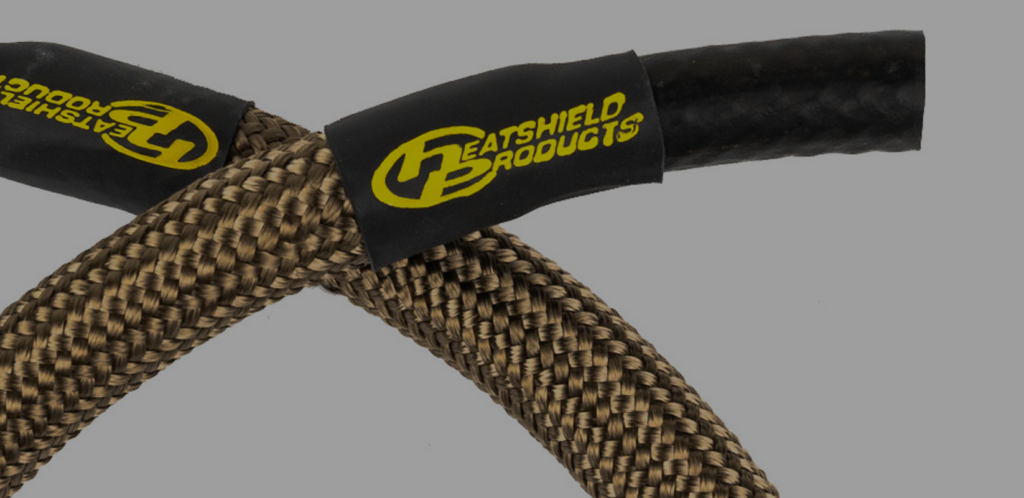Rugged Lava Fiber Heat Shield Loom
![]() Personalized Custom Solutions
Personalized Custom Solutions




Rugged Lava Fiber Heat Shield Loom
Heat shield loom and Lava Hot Rod Sleeves shield harnesses and fuel lines even in harsh environments. They can reduce radiant heat damage and prevent vital fluids such as fuel from overheating.


Easy Installation, Maximum Protection! The Lava Hot Rod Sleeve features a unique braided design that expands up to 15% for a hassle-free installation. Simply shorten the length or bunch up the sleeve to slide it over fittings, then stretch it back to secure it in place. Cutting is easy with a sharp knife or scissors, and each kit includes four heat shrink seals to ensure a snug fit. Designed for fuel, brake, transmission, oil, turbo lines, and harnesses, this heat shield provides superior protection against extreme temperatures while keeping installation simple.
This sleeve combines the flexibility of our Hot Rod Sleeve with the superior strength of lava rock fiber. Lava fiber is 25% stronger than fiberglass, making it highly durable and abrasion-resistant.
It is ideal for wrapping fuel lines, shift cables, and other components exposed to high temperatures, preventing heat-related damage and improving vehicle performance.
![]() Personalized Custom Solutions
Personalized Custom Solutions
Simple installation – in minutes